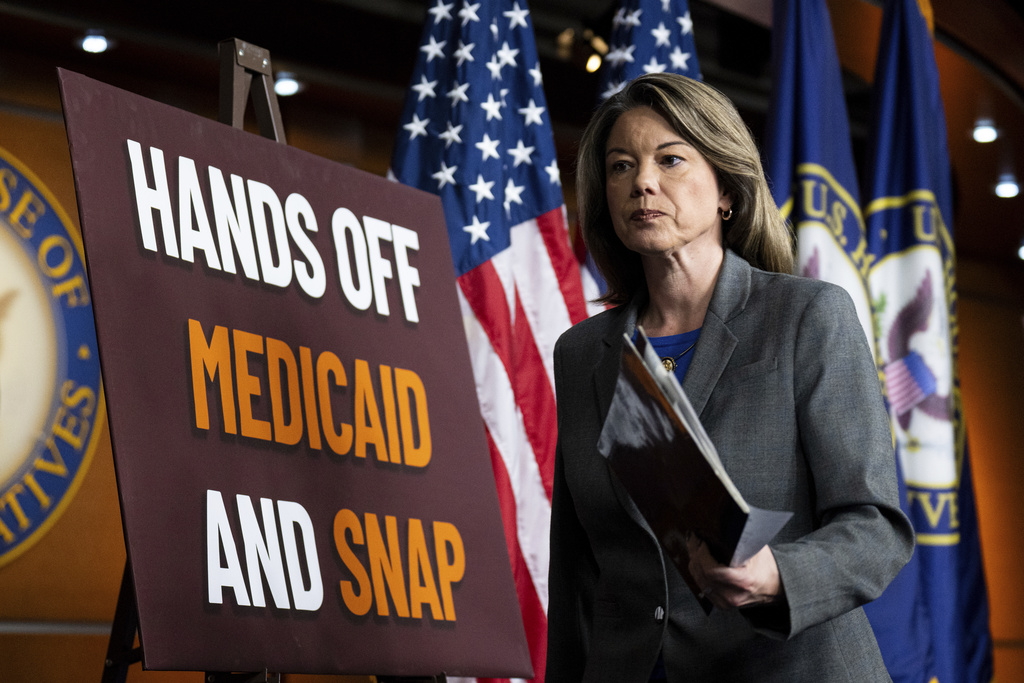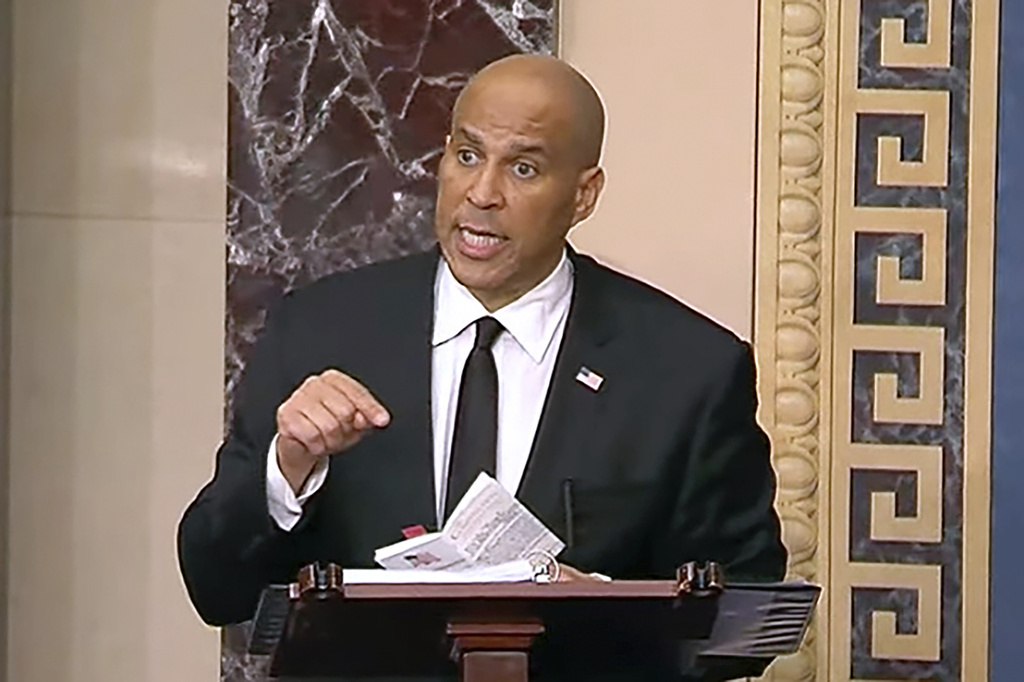The U.S. Constitution says, “Congress shall have power to lay and collect taxes, duties, imposts, and excises.” A tariff is a tax, an extra sales tax on stuff from other countries. So, according to the Constitution, Congress should be responsible for tariffs.
But the massive new tariffs implemented this year have all come directly from President Trump; Congress has not voted on any of them.
That raised legal challenges immediately. And on May 28, a federal court intervened – agreeing that President Trump overstepped his tariff authority.
How Did We Get Here?
It’s the latest episode of a worrying trend: Congress has steadily handed its power over to the executive branch in recent decades.
Congress was always responsible for tariffs. One of the first laws passed by the first Congress was the Tariff Act of 1789, which imposed a 5% tax on most imports. For the next 150 years, Congress’s tariffs were the government’s primary source of income.
But in 1934, Congress gave the President broad tariff authority through the Reciprocal Trade Agreements Act. This law allowed the President to negotiate with other countries and raise or lower tariff rates without Congressional approval. President Franklin D. Roosevelt used that power to make trade deals with 19 different countries in just five years.
A few decades later, Congress passed the Trade Expansion Act in 1962, which President John F. Kennedy called “the most important international piece of legislation, I think, affecting economics since the passage of the Marshall plan.” The act gave the President even more authority to cut tariffs without Congressional approval, and it included a clause allowing the President to impose new tariffs on imports they feel threaten national security.
Two more laws in the 1970s further cemented the President’s authority over tariffs. The Trade Act of 1974 allowed the executive branch to raise tariffs in response to other countries’ “unfair trade practices,” and the International Emergency Economic Powers Act (IEEPA) lets the President impose tariffs related to a national emergency.
Overstepping Authority
President Trump has already used these powers after just a couple of months in office. He invoked the Trade Expansion Act to impose 25% tariffs on steel and aluminum and automobiles. And after declaring a national emergency to stop drug trafficking at the border, President Trump used the IEEPA to impose 25% tariffs on Canada and Mexico, and 20% on China.
And then, on “Liberation Day,” President Trump used the IEEPA to implement a 10% baseline tariff on imports from all countries, plus higher rates for countries that the U.S. has a trade deficit with (which President Trump calls “reciprocal tariffs.”)
This is where the U.S. Court of International Trade stepped in. On May 28, the court ruled that President Trump’s baseline and reciprocal tariffs were not allowed under the IEEPA. Or, in the judges’ words, “The court does not read IEEPA to confer such unbounded authority and sets aside the challenged tariffs imposed thereunder.”
President Trump quickly appealed the ruling. It is now headed to the U.S. Court of Appeals for the Federal Circuit, and could even end up in the Supreme Court.
Now What?
Notably, the court only overturned the tariffs implemented under the IEEPA. The Trump tariffs implemented under other laws – such as the 25% tax on steel, aluminum, and automobiles under the Trade Expansion Act – are still in effect.
Congress can still get involved.
Congressman Josh Gottheimer, vice-chair of the bipartisan Problem Solvers Caucus, has introduced the Reclaiming Congressional Trade Authority Act requiring presidents to justify their tariffs to Congress before claiming emergency powers.
Senators Susan Collins and Lisa Murkowski worked with Democrats to pass legislation that would tariffs on Canada.
These are small steps, but they could go a long way toward restoring the Constitution’s vision of trade.
Related
Peyton Lofton
Peyton Lofton is Senior Policy Analyst at No Labels and has spent his career writing for the common sense majority. His work has appeared in the Washington Examiner, RealClearPolicy, and the South Florida Sun Sentinel. Peyton holds a degree in political science from Tulane University.




